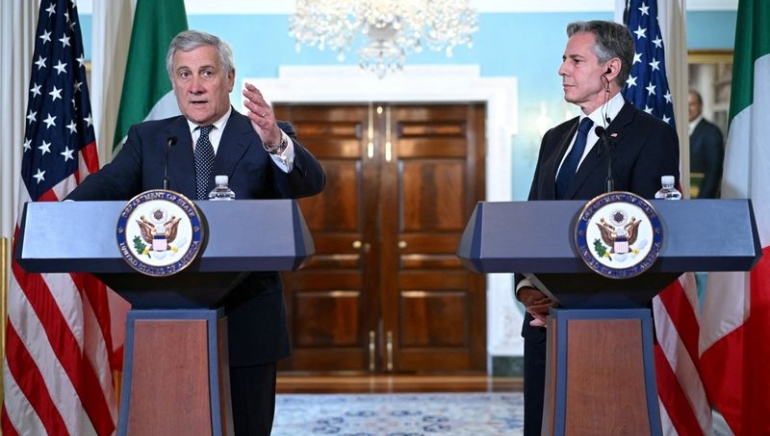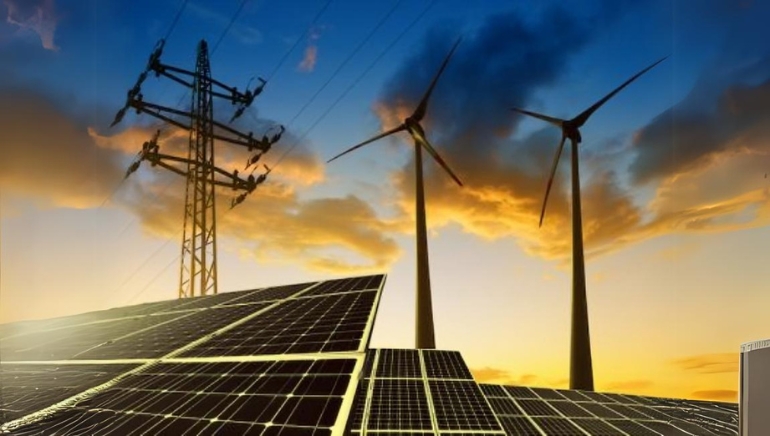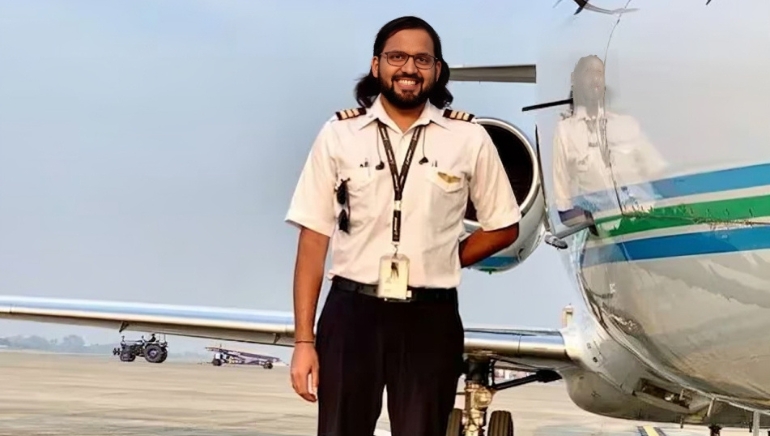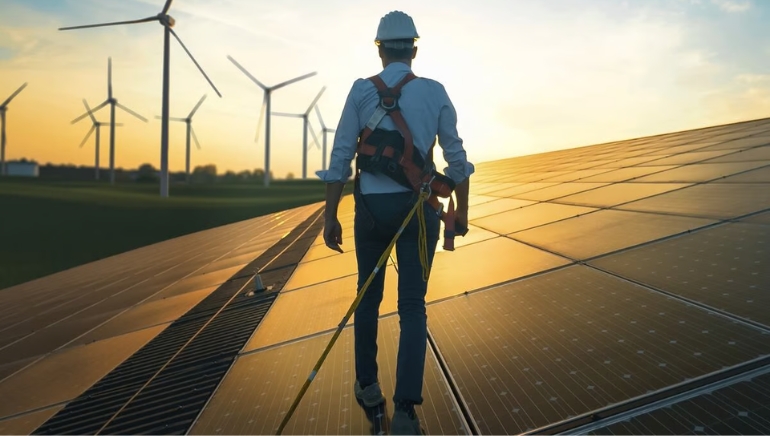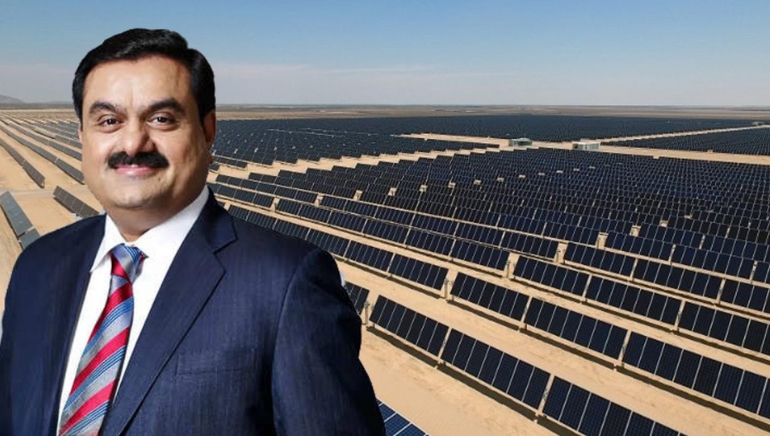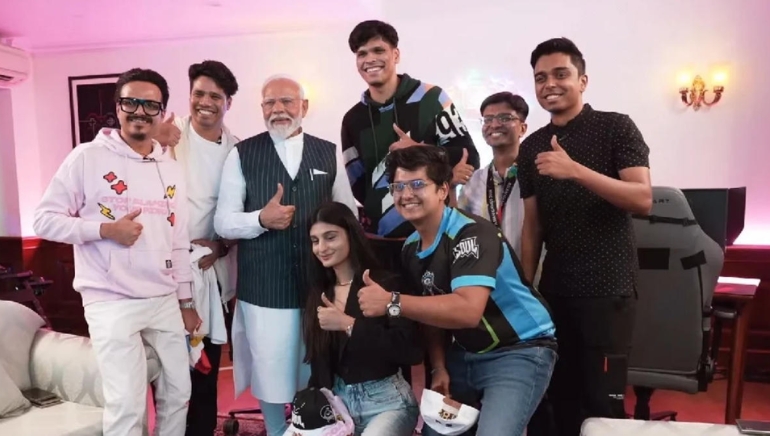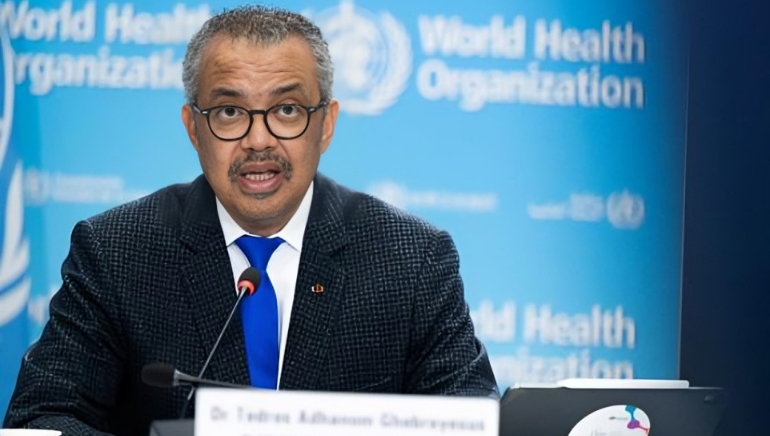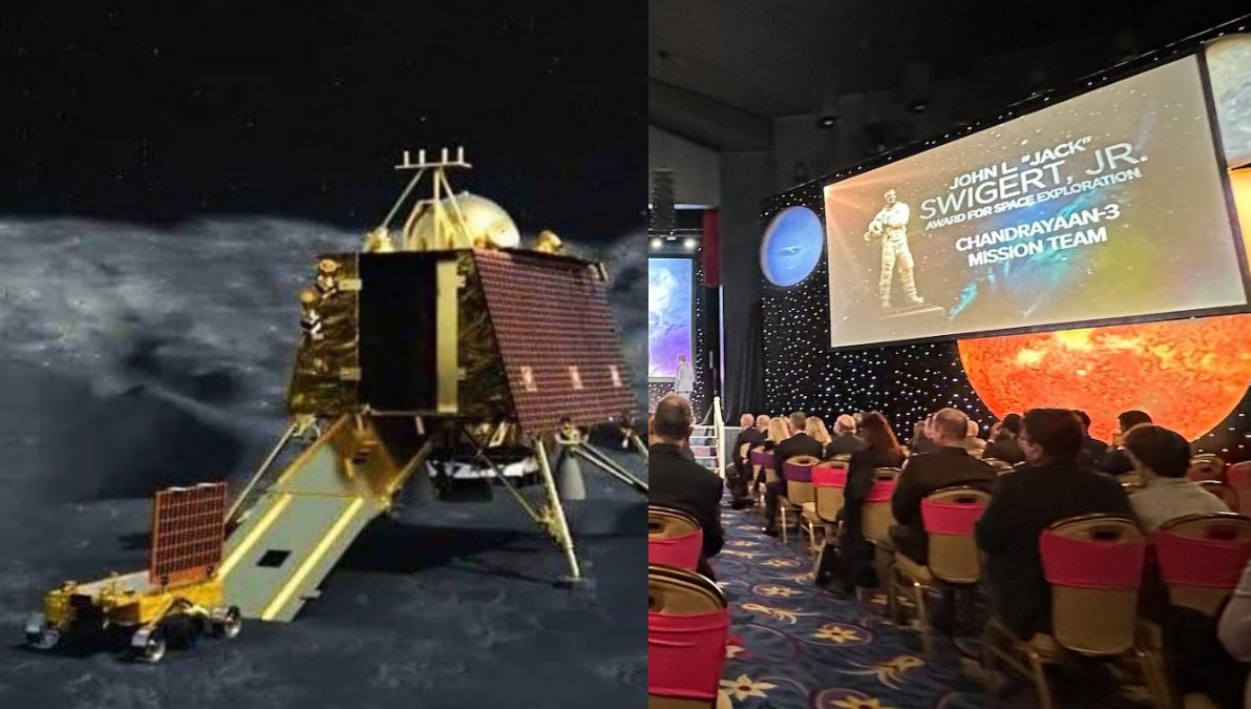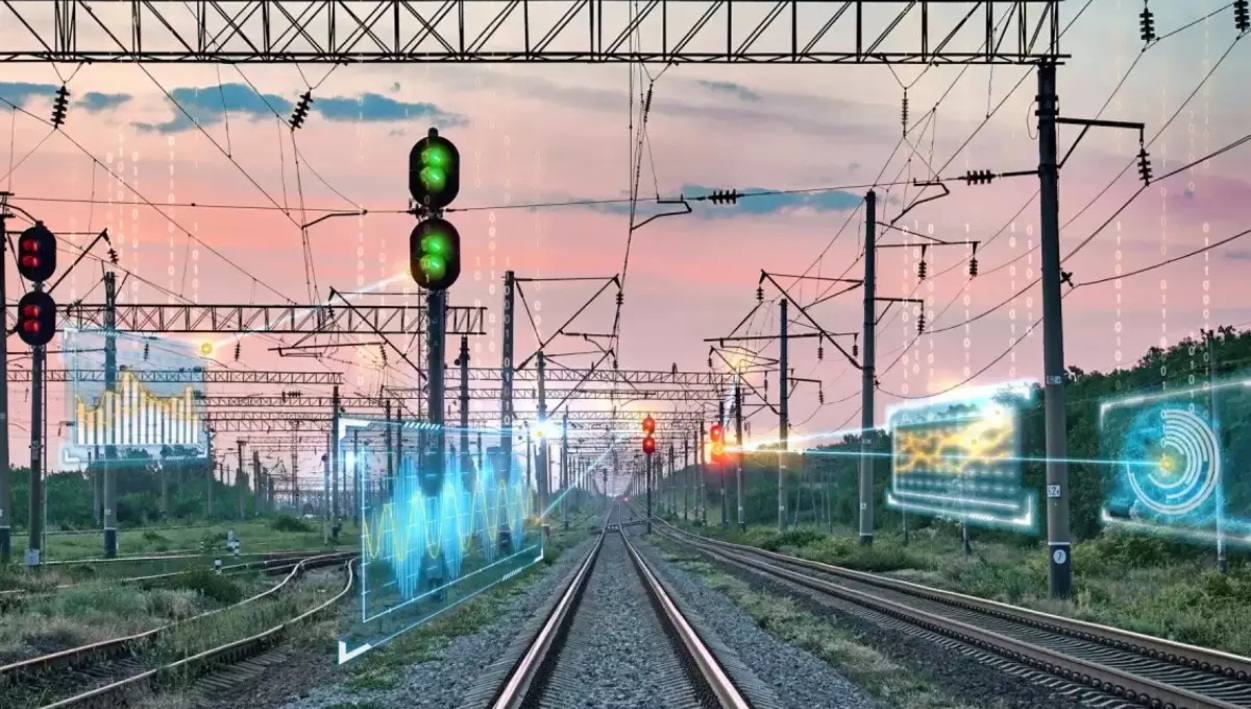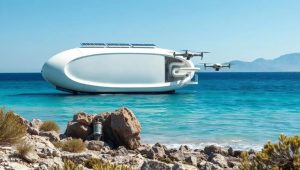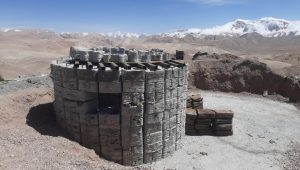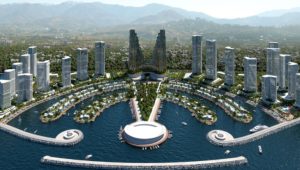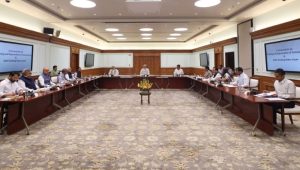The United States and Italy have recently announced a collaborative effort to combat the proliferation of misinformation and fake news, particularly originating from foreign governments. This agreement was reached between U.S. Secretary of State Antony Blinken and Italian Foreign Minister Antonio Tajani during a meeting held alongside a gathering of Group of Seven (G7) foreign ministers on the Capri island.
This collaboration comes in the wake of a U.S. intelligence assessment released last year, which implicated Moscow in utilising various tactics, including spies, social media, and state-run media, to undermine public confidence in democratic election processes.
Belgium has also disclosed ongoing investigations into alleged Russian attempts to influence the upcoming European Parliamentary elections. Despite consistent denials from Russia regarding any involvement in foreign election interference, US-Russia relations continue to be under scrutiny.
The newly formed Italy-U.S. pact outlines strategies to counter foreign information manipulation and emphasises the importance of transparency in media financing and ownership.
In addition to these measures, both nations have committed to investing in advanced artificial intelligence (AI) tools aimed at identifying and combating the dissemination of fake news. They also plan to establish a shared database to track instances of manipulation activities detected through these tools.





